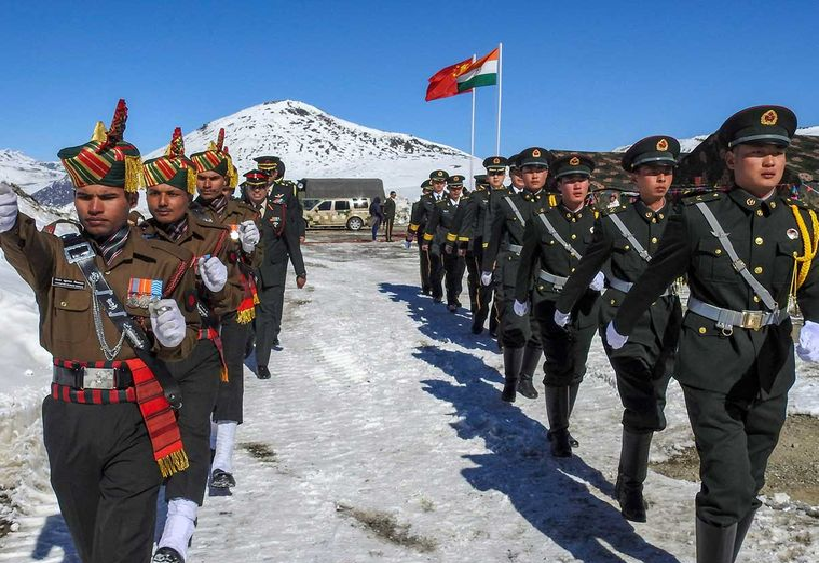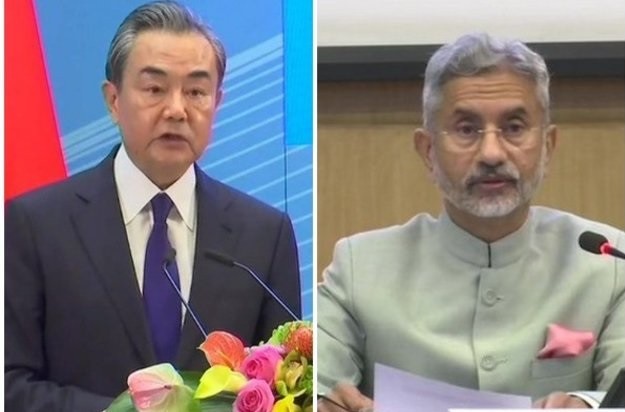China-India border standoff' shots fired in the Himalaya showing a dangerous development
| Military option on table if China-India border talks fail | |
| China, India agree to speed up border troop pull back | |
| China-India's border clash: starts "media war" |
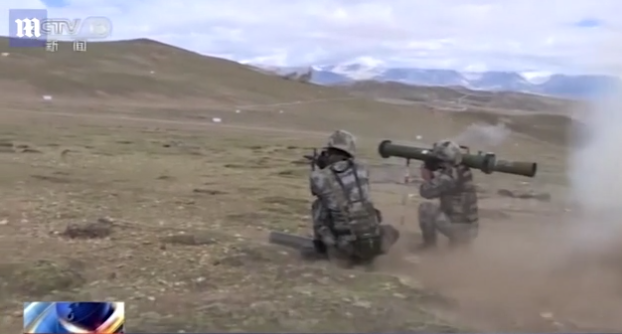 |
Confrontation on the roof of the world
During the evening of September 7, Chinese and Indian troops confronted each other along their undefined, de facto border, known as the “Line of Actual Control” (LAC).
This in itself was not unusual. The two sides have been locked in several tense standoffs along the LAC since May.
What makes this confrontation stand out is it involved the first known use of firearms on the border in almost half a century.
What happened?
China and India have accused each other ofprovoking this confrontation, which occurred in the Rezang-La heights area, just south of Pangong Lake.
According to Indian reports, there were between 30 and 40 Chinese troops involved. Photographs published in Indian media show Chinese soldiers armed with crude Guandao-style polearms, as well as standard issue rifles.
It is unclear how many Indian troops were involved or how they were equipped.
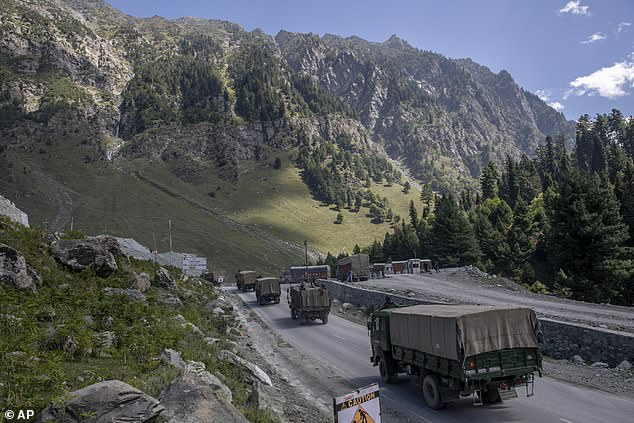 |
| The high-altitude standoff along the eastern section of what's known as the Line of Actual Control - a loose demarcation - risks dramatically altering the already fraught relationship. Photo: the dailymailuk. |
China claims Indian troops crossed the LAC and “blatantly fired shots” when Chinese border troops moved to deter them. India, has strenuously denied this, saying Chinese soldiers crossed the LAC and were blocked by an Indian forward position, who they then tried to intimidate by firing “a few rounds in the air”.
No troops have been reported injured or killed.
Regardless of which side actually fired the shots, the tactic did not work. Both Chinese and Indian soldiers remain in a stand-off, reportedly only 200 metres apart.
The fiercely contested LAC separates Chinese and Indian held territories from Ladakh in the west to India's eastern state of Arunachal Pradesh, which China claims in its entirety. It is broken in parts where the Himalayan nations of Nepal and Bhutan border China.
According to India, the de facto border is 3,488 kilometers (2,167-mile) long, although China promotes a considerably shorter figure. As its name suggests, it divides the areas of physical control rather than territorial claims.
In all, China claims some 90,000 square kilometers (35,000 square miles) of territory in India's northeast, including Arunachal Pradesh with its mainly Buddhist population.
India says China occupies 38,000 square kilometers (15,000 square miles) of its territory in the Aksai Chin Plateau, which India considers part of Ladakh, where the current face-off is happening.
Despite more than three dozen rounds of talks over the years, and multiple meetings between Indian Prime Minister Narendra Modi and Chinese President Xi Jinping, they are nowhere near settling their dispute.
Since the 1962 war, both economies have grown substantially, but China has far outpaced India while enjoying a large trade surplus with its neighbor.
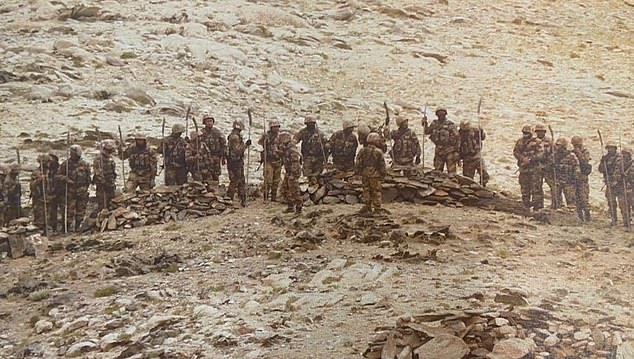 |
| Armed with spears: Chinese troops near the disputed Himalayan border with India this week with soldiers fought in deadly hand-to-hand combat in June. Photo: the dailymailuk. |
Border confrontations have gradually escalated from farcical shoving matches to fully-fledged brawls and stone flinging, which caused injuries in 2017.
This year has seen both sides up the ante, with the introduction of makeshift clubs in a lethal melee at the Galwan Valley in June and China now seemingly equipping some border patrols with polearms.
Earlier this month, Indian media reported India was using new rules of engagement. This change allows its border troops to use whatever means are available for “tactical signalling” against the Chinese.
A dangerous deadlock
As two of the world’s largest militaries - and two nuclear-armed countries - even a limited border war between China and India would be devastating for regional peace and stability. It would likely ruin what little cooperation there is left and potentially pull in third parties, such as Pakistan or the United States.
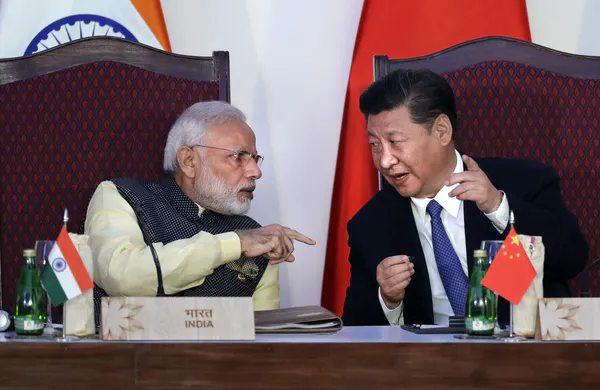 |
| War between India and China would be devastating. Photo: AP |
It is clear from the flurry of diplomatic activity between China and India over the past months that they feel the gravity of their situation.
But despite both sides proclaiming they seek a peaceful resolution to the ongoing standoffs, a culture of mistrust continues to poison discussions.
China and India’s foreign ministers are scheduled to meet in Moscow on Thursday to discuss the border standoff in person for the first time since the crisis began.
Having emerged relatively unscathed from the COVID-19 pandemic, China is also perceived regionally as ramping up military ambitions against its neighbors, particularly through the use of 'salami slicing' tactics to incrementally gain territory.
While Chinese soldiers remain in what India says is its territory in Ladakh, India occupied at least one unmanned mountain top last week, leading Beijing to furiously demand that New Delhi vacate the area.
Experts warn that if military hostilities are not stopped, war could be next.
'If diplomacy fails, guns talk. That is the natural culmination of what we have been witnessing during last four months,' said Lt. Gen. D.S. Hooda, who was head of the Indian military's Northern Command from 2014 to 2016. 'Things are fast escalating out of control unless there is a breakthrough in talks.', said the dailymail.co.uk.
Wang Lian of Peking University's international relations department considers the possibility of a wider conflict less likely, despite preparations being made on both sides.
'China has shown restraint in bilateral relations with India, and India may restrain itself from overdoing it in the future,' Wang said.
 | China claims India disturbing border peace after its military camps captured As the Indian Army captured an important Chinese military camp in the surrounding hills of the Pangong Tso lake, Beijing claims Indian Army has “illegally ... |
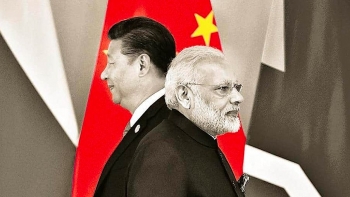 | The latest actions of India in the middle of escalating tension with China Monitoring Chinese imports, banning series of Chinese charterers and investing more than $ 500 million in the Maldives are India's latest actions in the middle ... |
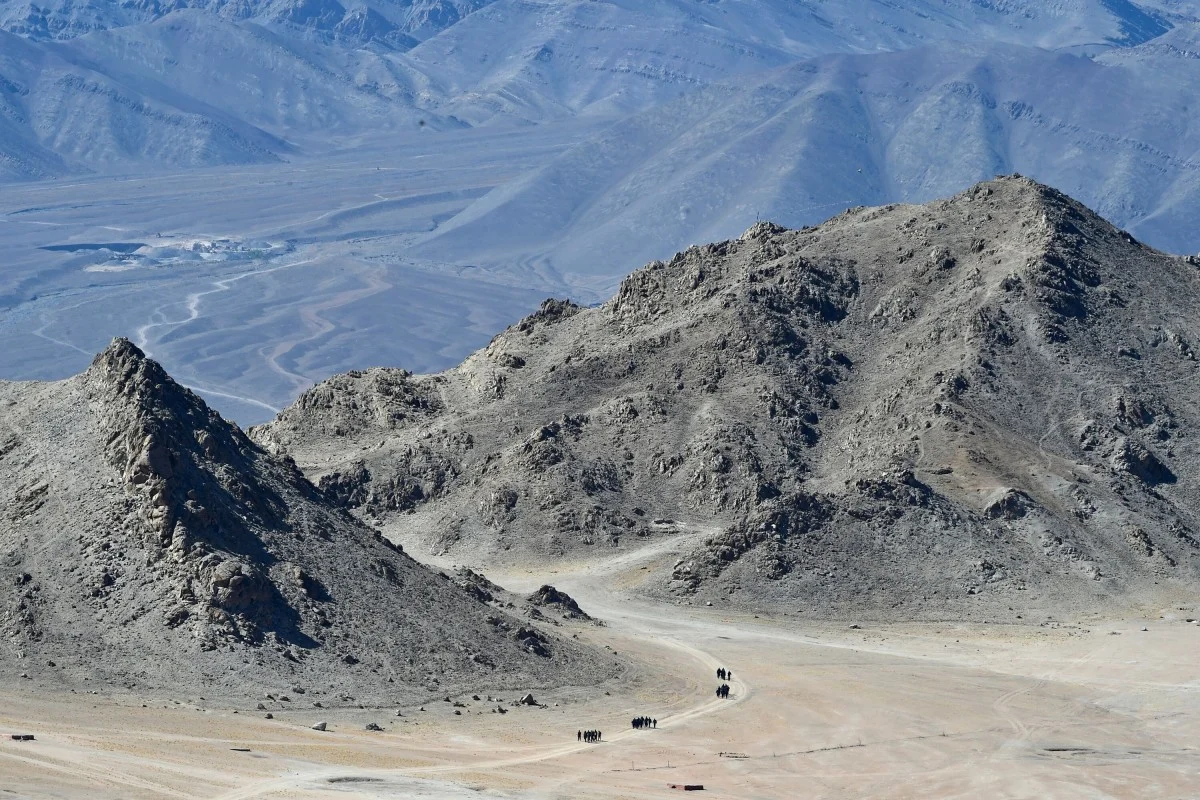 | Border tensions with China urges India to mend fences with its neighbors In several months, borders issues between China and India let both sides into a severe conflict, which requires to hold more talks. It is also ... |
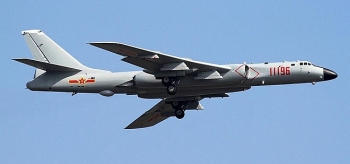 | New evidence cast doubt on China to deploy bombers near the disputed border with India The Chinese Air Force is believed to have deployed six H-6 bombers to Kashgar airport in Xinjiang autonomous region near the disputed Chinese-Indian border in ... |
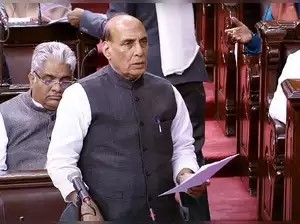 World
World
China’s Bid to ‘Change Status Quo’ on LAC Thwarted, says Indian Defence Minister Rajnath Singh
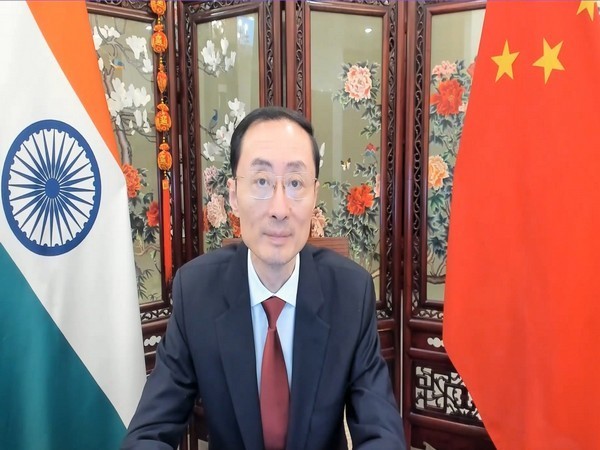 World
World
Enough Room in World for China, India; Let's Not Interfere in Other's Affairs, Says Outgoing Envoy
Recommended
 World
World
Pakistan NCRC report explores emerging child rights issues
 World
World
"India has right to defend herself against terror," says German Foreign Minister, endorses Op Sindoor
 World
World
‘We stand with India’: Japan, UAE back New Delhi over its global outreach against terror
 World
World
'Action Was Entirely Justifiable': Former US NSA John Bolton Backs India's Right After Pahalgam Attack
 World
World
US, China Conclude Trade Talks with Positive Outcome
 World
World
Nifty, Sensex jumped more than 2% in opening as India-Pakistan tensions ease
 World
World
Easing of US-China Tariffs: Markets React Positively, Experts Remain Cautious
 World
World


